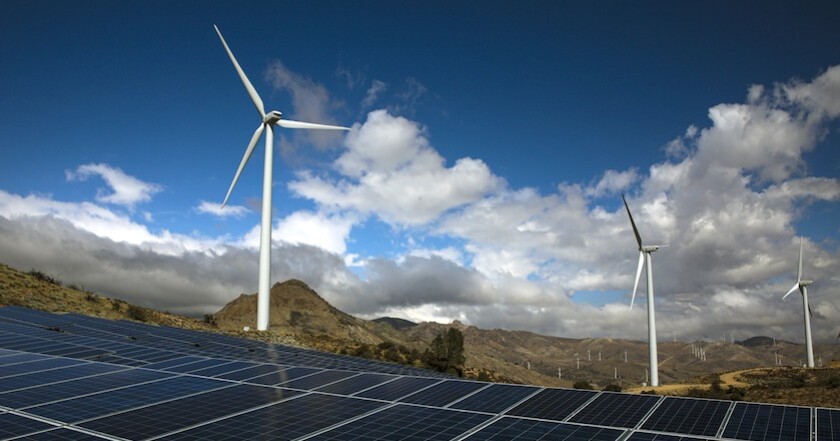
Luckily, we already have a blueprint for this incredible undertaking: Each year, thousands of cities and companies report ideas for projects to advance climate goals in their annual environmental disclosures. They do so voluntarily, because disclosure is a strategic illumination and planning tool that helps them prepare for environmental risks and opportunities in the future, remain competitive and demonstrate progress toward a sustainable economy.
Our organization collects and analyzes these reports, and the result is a treasure trove of data, including project plans to fortify local communities and innovative ideas to spur economic growth. Now that IRA funds will be made available, these disclosures essentially provide policymakers with a road map for where and how the funds can be best utilized.
Forward-looking companies already see massive opportunity in climate-friendly projects. In 2019, top global companies estimated $2.1 trillion in possible growth if they were to lean in to the low-carbon transition. From developing plant-based food to ramping up production of electric vehicles (EVs), companies are identifying new ways of innovating, and they’re using climate disclosure to communicate these ideas to investors and policymakers. General Motors, for instance, lays out in its annual climate disclosure how it expects to meet its goal of producing only EVs by 2035. The company’s actions will help propel an entire industry that supports automakers, from auto parts manufacturers to renewable energy producers.
Cities, too, have much to gain from smart implementation of the IRA funds, and are already expressing the need for more funding to make their communities safer and more resilient in the face of the climate crisis. Last year, 108 cities across the U.S. reported 188 sustainable infrastructure projects underway, valued at $29.6 billion. These include projects around electric vehicle transportation, flood prevention, reforestation, clean energy and more. Houston, for example, has been collaborating with a local nonprofit to expand public and private EV charging options across the city, aiming to increase regional sales of EVs to 50 percent of annual new car sales by 2030.
At the heart of these corporate and city commitments is a robust, widespread demand for renewable energy. More than 370 companies worldwide are now RE100 members, committed to sourcing 100 percent renewable energy for their business operations. These companies consume more electricity combined than the entire United Kingdom annually, and are already sourcing nearly 45 percent of their electricity needs through renewables.
The IRA’s focus on renewable energy will also massively benefit cities that already know the value of transitioning off of fossil fuels. In 2021, 46 local governments across the U.S. reported 52 renewable-energy projects, collectively valued at $159 million, but say they currently require $117 million to implement them. Money from the IRA will go greener, farther and faster if it goes to communities already committed to climate action. And millions of jobs could be added to the U.S. economy from advancing these sustainable infrastructure projects, furthering a more just transition to a net-zero economy.
And if these projects are developed and implemented with a focus on racial and social equity, more of the benefits can go to communities most vulnerable to the climate crisis. Environmental justice investments are a primary focus of the new law, in part because of the seismic shift that has happened in the private sector, with corporations and investors demanding such changes and acknowledging that they are critical to sustainable economic growth.
As federal lawmakers have noted throughout the past year’s conversations around the importance of climate financial disclosure, investments like the IRA funds will go even farther and faster if they utilize the transparency that disclosure brings. With disclosure data providing the blueprint, decision-makers can determine where the funds can be best spent on innovation and infrastructure that brings the U.S. economy into the 21st century and beyond.
Elizabeth Small is the head of policy for CDP North America, a not-for-profit that pioneered environmental disclosure in 2003 and today operates and maintains the world’s only integrated global environmental disclosure system, covering climate change, water and forest impacts. She oversees policy-related initiatives across North America for CDP, and provided data and insights to government leaders throughout the development of the Inflation Reduction Act.
Governing’s opinion columns reflect the views of their authors and not necessarily those of Governing’s editors or management.
Related Content











